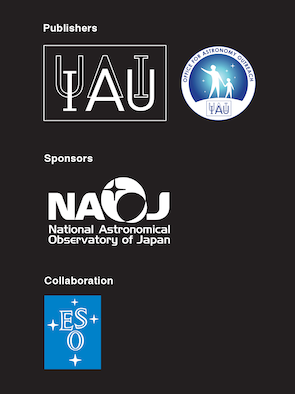
Download this article
- PDF (4.27 MB)
Back to the Table of Contents
|
Standard Model (page 4)
Hitoshi Murayama
The Standard Model is the best theory that physicists currently have to describe the building blocks of the Universe and it is one of the greatest achievements of 20th century science. According to the theory, everything around us is made of particles called quarks and leptons, and four kinds of forces influence their interactions.
The most familiar of these four forces are electromagnetism and gravity; the other two, the so-called strong and weak forces, are less well known. The strong force binds atomic nuclei together, making them stable. Without it, there would be no atoms other than hydrogen: no carbon, no oxygen and no possibility for life. The weak force drives the nuclear reactions that have kept the Standard Model Sun shining for billions of years. As a result of these reactions, trillions of neutrinos are released from the Sun every second. Some of these neutrinos reach Earth, but pass unnoticed through our bodies, as the weak force is so feeble.
Despite its incredible success, the Standard Model has serious deficiencies. For example, if these four forces and the familiar matter particles are all there are, the theory says all particles must travel at the speed of light — but that is obviously not what is happening. To slow matter down, theorists have proposed a mysterious, Universe-filling, notyet- seen “liquid” called the Higgs field. Also, physicists now understand that 96 percent of the Universe is not made of matter as we know it, and which does not fit into the Standard Model. How the Standard Model might be extended to account for these mysteries is an open question for current and future experiments.
|

